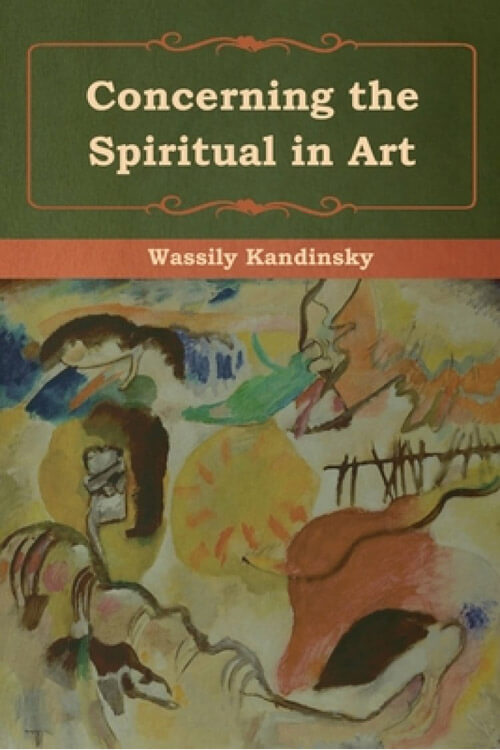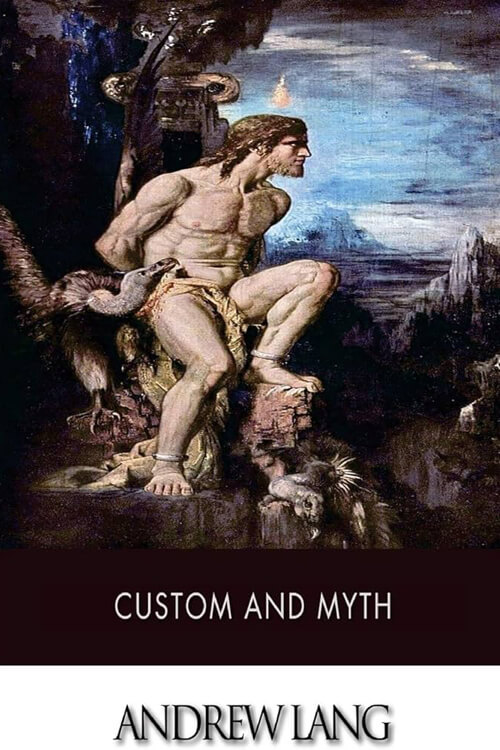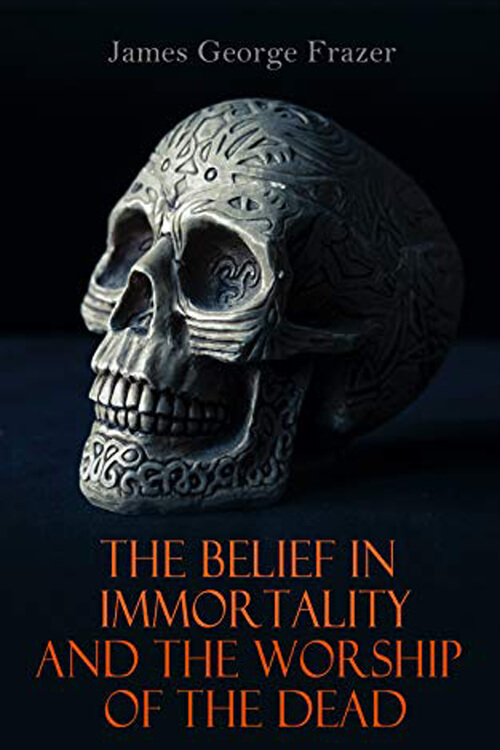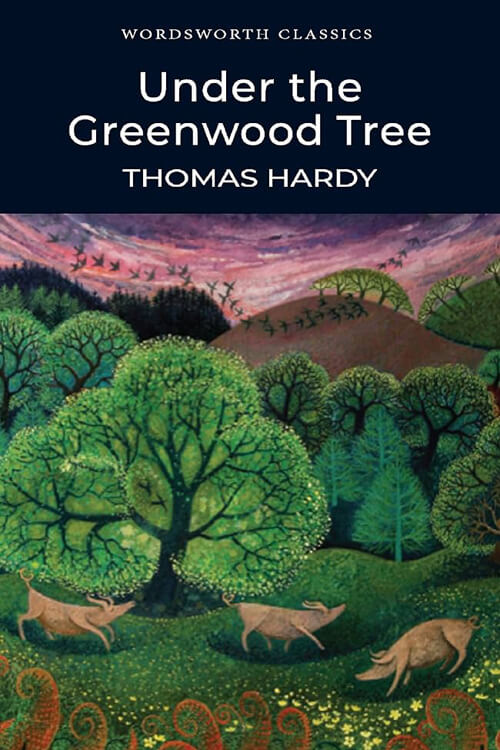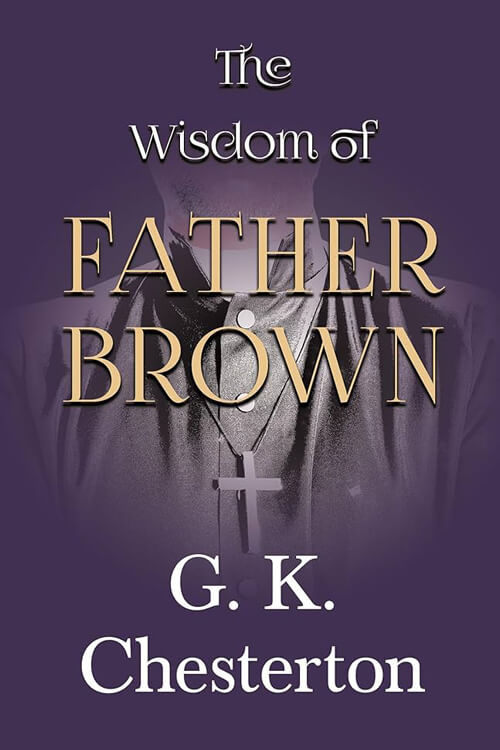
Concerning the Spiritual in Art
A pioneering work in the movement to free art from its traditional bonds to material reality, this book is one of the most critical documents in the history of modern art. Written by the famous nonobjective painter Wassily Kandinsky (1866–1944), it explains Kandinsky’s theory of painting and crystallizes the ideas influencing many other modern artists of the period. Along with his groundbreaking paintings, this book had a tremendous impact on the development of modern art.
Kandinsky’s ideas are presented in two parts. The first part, “About General Aesthetic,” issues a call for a spiritual revolution in painting that will let artists express their inner lives in abstract, non-material terms. Just as musicians do not depend upon the material world for their music, so artists should not have to depend upon the material world for their art. In the second part, “About Painting,” Kandinsky discusses the psychology of colours, the language of form and colour, and the artist’s responsibilities. An Introduction by the translator, Michael T. H. Sadler, explains Kandinsky’s art and theories. At the same time, a new Preface by Richard Stratton discusses Kandinsky’s career and the book’s impact. Making the book even more valuable are nine woodcuts by Kandinsky himself that appear in the chapter headings.
This English translation of Über das Geistige in der Kunst significantly contributed to understanding nonobjectivism in art. It continues to be a stimulating and necessary reading experience for every artist, art student, and art patron concerned with the direction of 20th-century painting
Read or download Book
Wassily Kandinsky
Wassily Wassilyevich Kandinsky 16 December [O.S. 4 December] 1866 – 13 December 1944) was a Russian painter and art theorist.
Biography
Kandinsky is generally credited as one of the pioneers of abstraction in Western art. Born in Moscow, he spent his childhood in Odesa, where he graduated from Odesa Art School. He enrolled at the University of Moscow, studying law and economics. Successful in his profession—he was offered a professorship (chair of Roman Law) at the University of Dorpat (today Tartu, Estonia)—Kandinsky began painting studies (life-drawing, sketching, and anatomy) at the age of 30. In 1896, Kandinsky settled in Munich, studying first at Anton Ažbe’s private school and then at the Academy of Fine Arts. He returned to Moscow in 1914 after the outbreak of World War I.
Following the Russian Revolution, Kandinsky “became an insider in the cultural administration of Anatoly Lunacharsky” and helped establish the Museum of the Culture of Painting. However, by then, “his spiritual outlook… was foreign to the argumentative materialism of Soviet society”, and opportunities beckoned in Germany, to which he returned in 1920. There he taught at the Bauhaus School of Art and Architecture from 1922 until the Nazis closed it in 1933. He then moved to France, where he lived for the rest of his life, becoming a French citizen in 1939 and producing some of his most prominent art. He died in Neuilly-sur-Seine in 1944, three days before his 78th birthday.

